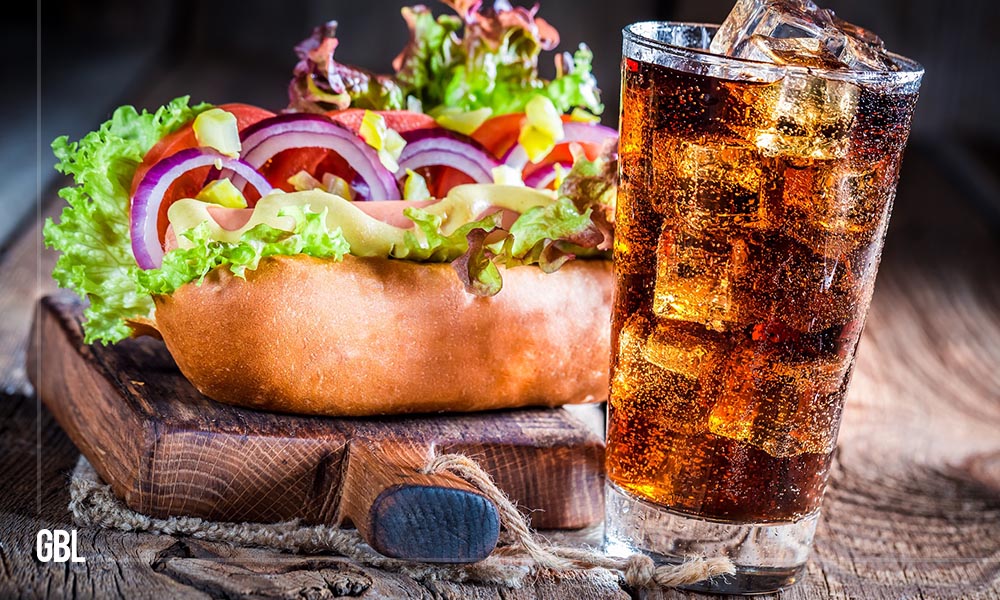Key Highlights
- AANA’s ban on food and beverage advertising targeting children aims to address child obesity.
- The ban will apply to all media channels and seeks to reduce children’s exposure to unhealthy ads.
- Potential effects include a decrease in childhood obesity rates and potential product reformulation by companies.
The Australian Association of National Advertisers (AANA) has announced that it will be banning food and beverage advertising targeted at children under the age of 15. This ban will apply to all media channels, including television, radio, online, and print.
AANA has acknowledged the concerns regarding child obesity. However, they have expressed that implementing complete bans on advertising within certain sectors of the food and beverage market will not effectively resolve this issue.
AANA has highlighted the potential effects of such bans on employment rates, especially considering the challenging economic conditions. Instead, AANA advocates for a comprehensive approach to address child obesity, emphasizing the importance of education, parental guidance, and promoting healthy eating habits and physical activity.
Limitations on Food and Beverage Advertising
The food and beverage industry in the country plays a significant role in employment, both directly and indirectly. It provides job opportunities to hundreds of thousands of individuals across various sectors, including restaurants, takeaway food services, and primary producers such as poultry, meat, and grain.
- Australia’s Food & Beverages Advertising Code imposes restrictions on targeting children under the age of 15 with food and beverage advertisements.
- These limitations apply to all forms of advertising across various media channels throughout the day.
- This proposed legislation aims to limit the duration of unhealthy food and drink advertising during specific times on television, radio, and at all times online.
Potential Effects of AANA’s Ban
The ban is likely to have several potential effects.
- The ban on food and beverage advertising targeting children is expected to reduce children’s exposure to unhealthy ads and potentially decrease childhood obesity rates.
- It may also prompt companies to reformulate products or change their advertising strategies.
- While the ban may result in job losses in the industry, the long-term benefits of reducing childhood obesity are considered more significant.
- Overall, the ban represents an important step in addressing this issue.
FAQs
1. What are the potential effects of AANA’s ban on food and beverage advertising targeting children?
The ban is expected to reduce children’s exposure to unhealthy ads and potentially decrease childhood obesity rates. It may also prompt companies to reformulate products or change their advertising strategies. While the ban may result in job losses in the industry, the long-term benefits of reducing childhood obesity are considered more significant.
2. What is the purpose of AANA’s food and beverage advertising ban?
The ban aims to reduce children’s exposure to unhealthy ads and address child obesity.
3. Will the AANA’s ban apply to all media channels?
Yes, the ban will apply to all media channels, including television, radio, online, and print.









